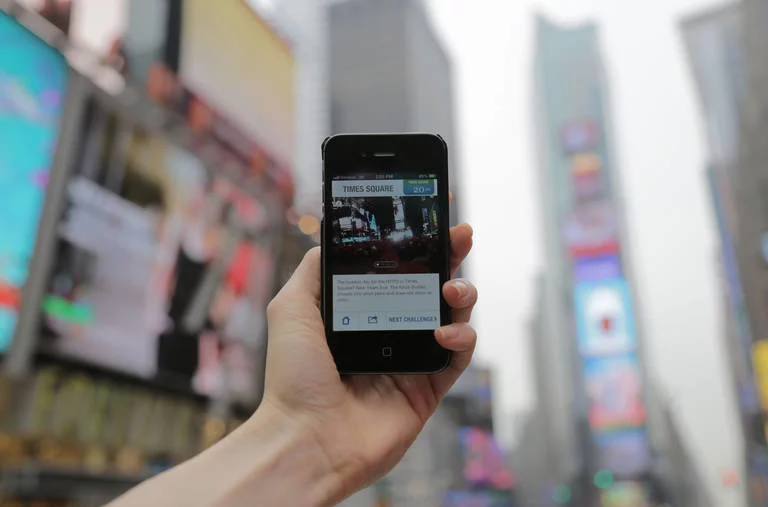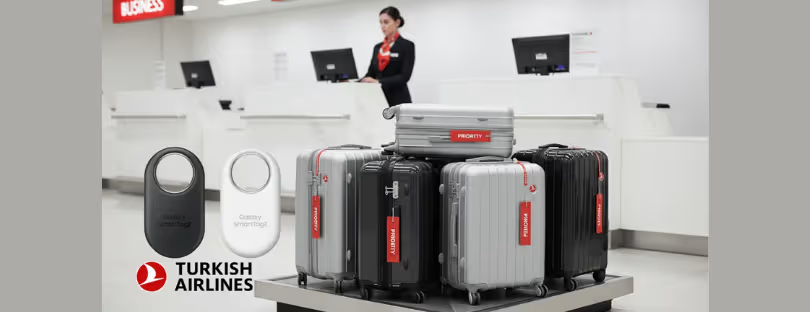
Gamification in Travel: Enhancing Tourist Engagement and Loyalty
In the quest to increase tourist engagement and loyalty, the travel industry is turning to gamification.
By incorporating game design elements into non-game contexts, gamification can make travel experiences more fun, engaging, and rewarding, thus increasing customer loyalty and satisfaction.
Engagement through Gamification
Travel companies are using gamification to engage customers in a variety of ways. For instance, they might use rewards systems, where travelers earn points for certain actions, such as booking trips, leaving reviews, or recommending the service to friends.
Virtual scavenger hunts or exploration games can encourage tourists to explore new destinations, driving foot traffic to lesser-known areas. Gamified city tours can make learning about a new place fun and interactive, thereby enhancing the tourist experience.
Boosting Loyalty with Gamification
Gamification can also be a powerful tool for fostering customer loyalty. By rewarding frequent travelers with points or statuses that can be exchanged for perks or privileges, travel companies can encourage repeat business. The sense of progress and achievement gained through these reward systems can motivate customers to continue engaging with the brand.
Challenges and Future Prospects Gamification in Travel
While gamification holds promise for boosting engagement and loyalty, it also presents challenges. Travel companies must ensure that their gamified experiences are well-designed, enjoyable, and provide real value to users. They must also be mindful of privacy and data security concerns.
Looking forward, emerging technologies like virtual reality (VR) and augmented reality (AR) could further enhance gamified travel experiences, making them even more immersive and engaging.
Key Companies in the industry are Foursquare, Expedia, Marriott International, Airbnb and Delta Air Lines.









